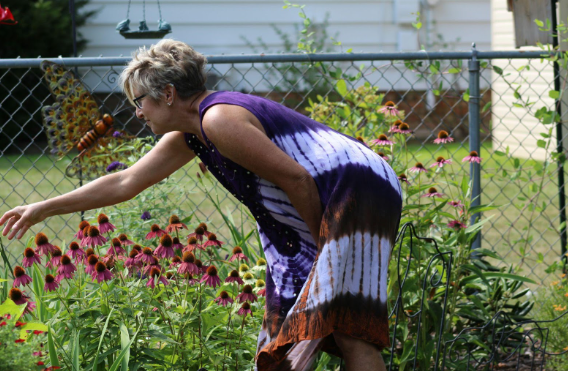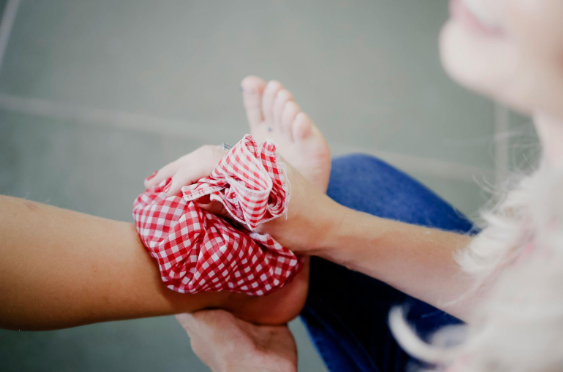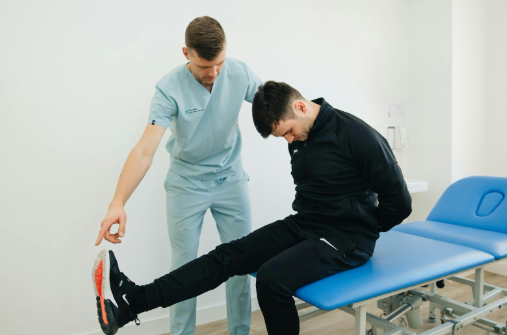Gardening Without Back Pain: Techniques for a Healthy Spine
Gardening Without Back Pain: Techniques for a Healthy Spine
Gardening is a cherished hobby that not only beautifies your surroundings but also provides relaxation and a sense of accomplishment. However, for many individuals, prolonged hours spent digging, planting, and weeding can lead to unwanted back pain. If you love tending to your garden but often experience discomfort, adopting proper techniques can make a significant difference. Protecting your spine while gardening is essential to maintaining your health and enjoying this activity pain-free.
Understanding the Risks Gardening Poses to Your Back
Gardening may seem like a gentle, therapeutic activity, but it can place considerable strain on your back, especially your lower spine. Bending over for extended periods, lifting heavy pots or soil bags, and twisting awkwardly can all contribute to muscle strain, joint irritation, and even disc problems. Individuals with pre-existing back conditions are particularly vulnerable to aggravating their symptoms through improper gardening habits.
Back pain related to gardening is not limited to one age group. Even young, active individuals can experience discomfort if they engage in repetitive motions or maintain poor posture during yard work. This is why prevention, through proper techniques, is crucial for everyone who enjoys working in their garden.
Techniques to Maintain a Healthy Spine While Gardening
Cultivating your garden doesn’t have to come at the expense of your spinal health. With a few mindful adjustments to your routine, you can significantly reduce the risk of back pain and enjoy gardening more comfortably.
Focus on Posture and Body Mechanics
One of the most important aspects of preventing back pain is being aware of your posture and body alignment while gardening. Avoid bending at the waist for long periods, as this puts direct pressure on the lower spine. Instead, hinge from the hips and bend your knees to get closer to the ground. Squatting or kneeling can be healthier alternatives, as they engage the legs and reduce strain on the back.
If you need to lift something heavy, use your legs for strength, not your back. Keep the item close to your body, and avoid twisting while carrying objects. These small changes can protect your spine and prevent common injuries associated with gardening.
Utilize Raised Garden Beds and Tools with Extended Handles
Modifying your garden setup can also help minimize bending and awkward reaching. Raised garden beds bring your plants closer to you, reducing the need to stoop low. Elevated planters are especially beneficial for those with chronic back pain or limited mobility.
Additionally, using tools with long or ergonomic handles can keep you from hunching over and allow you to work in a more upright position. Investing in equipment designed with spinal health in mind makes gardening more accessible and significantly reduces the risk of discomfort.
Take Frequent Breaks and Stretch Regularly
Gardening often involves repetitive motions, whether it's raking, planting, or weeding. Over time, these actions can strain the muscles and joints in your back. To prevent stiffness and soreness, it’s important to take regular breaks. Stand up, walk around, and gently stretch your back, legs, and arms every 20 to 30 minutes.
Incorporating simple stretching exercises before and after gardening can improve flexibility and circulation, reducing your chances of muscle tightness or injury. Pay attention to your body’s signals, and don’t push through pain or fatigue. Listening to your body is key to protecting your spine.
Plan Your Gardening Tasks Strategically
Another effective way to prevent back pain is by planning your gardening sessions thoughtfully. Divide larger tasks into smaller, manageable segments spread over several days. For example, instead of spending an entire afternoon weeding, break the task into shorter sessions with ample rest in between.
Alternating between different activities also helps to avoid overusing the same muscle groups. Switching from digging to watering, then to planting, distributes the workload evenly across your body and reduces strain on your spine.
When to Seek Professional Help for Gardening-Related Back Pain
Despite your best efforts, back pain can still occur, especially if you have underlying spinal issues or a history of musculoskeletal injuries. If you experience persistent discomfort, sharp pain, numbness, or tingling sensations while gardening, it’s essential to seek professional evaluation. Ignoring these symptoms can lead to more severe complications, affecting your daily life and mobility.
At
Arkansas Spine and Pain, we understand how important your hobbies are to your overall well-being. Our team specializes in diagnosing and treating spinal conditions with a comprehensive, patient-centered approach. Whether your back pain is mild or debilitating, we are here to help you find relief and return to doing the activities you love—without discomfort.
Contact us today for more information.




